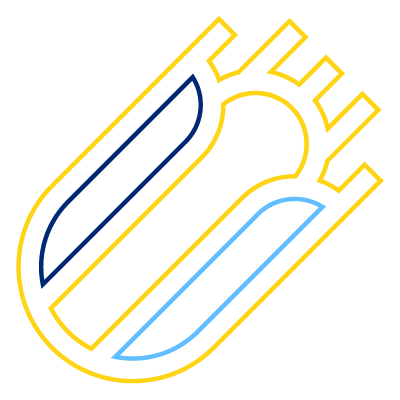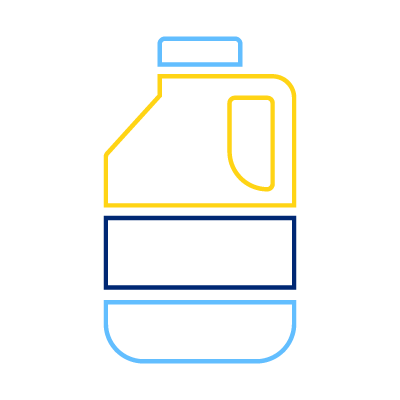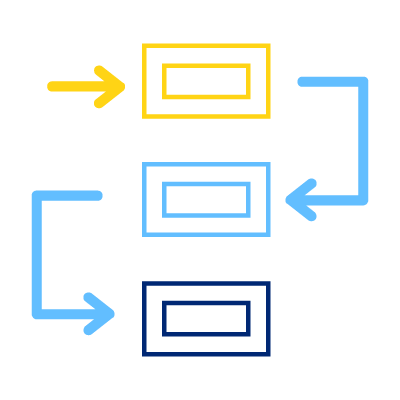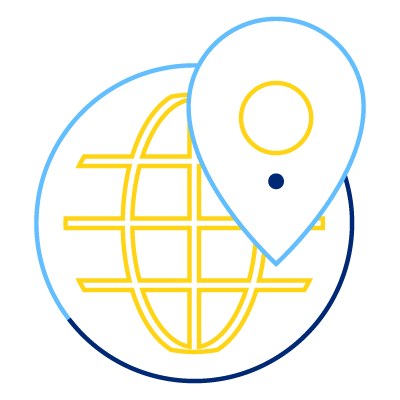Tel: +254 796 567 477 • Ngong lane, off Ngong Road Nairobi, Kenya
COPYRIGHT © 2012-2023, CELLFAM LTD. ALL RIGHTS RESERVED.

This webpage gives access to the Tropical Feed Library which can be read and used only with the Rumen8 diet formulation software for dairy cows. This Feed Library was developed by the Kenya Market-led Dairy programme (KMDP) of SNV Kenya / Netherlands Development Organization, to support introduction of Rumen8 as an advisory tool to Kenya and the East African dairy sector. Adaptation of the Rumen8 software to tropical areas and the East African context was financially supported by SNV-KMDP and VICTAM Foundation from the Netherlands. KMDP was funded by the Netherlands Government.
The Australian feed library, which is provided with Rumen8, is not adequate for many countries with a tropical climate. Hence the KMDP project developed the Tropical Feed Library. Some of the feeds in the Tropical Feed Library are unique to Africa and are missing in the Australian library. In addition, higher levels of Neutral Detergent Fibre (NDF) and lower levels of crude protein are common in many tropical forages. For such diets it is recommended to use NDF intake (tick under DMI estimation method on the Animal tab) to predict the dry matter intake of dairy cattle in the tropics.
Data for the Tropical Feed Library was obtained from about 10 trusted published sources and currently includes about 230 feedstuffs. The library will remain the intellectual property of SNV and will be expanded and updated from time to time so please check this website regularly for updates.
Before downloading the Tropical Feed Library, it is essential to first install the Rumen8 software.
Once the installation is complete go to the Rumen8 folder (in your Documents folder) and create a new folder named ‘SNV Tropical Feed Library3.0’. Download the SNV Tropical Feed Library here below and save the file SNVFeedLibrary3.0.db3 in the folder you just created called ‘SNV Tropical Feed Library3.0’. To use the feed library with Rumen8 version 3.7 and lower, it must be renamed from ‘SNVFeedLibrary3.0.db3’ to ‘FeedLibrary.db3’ in Windows File Explorer. Ignore this step if you are using Rumen8 version 4 or higher.
The SNV Tropical Feed Library available requires version 3.5.0.0 (or higher) of Rumen8. Before using the library please ensure you are using the latest version of Rumen8 by checking for updates in the Help menu
To open the Tropical Feed Library, start the Rumen8 program which will open with the default Feed Library (usually the provided Australian Feed Library). Click ‘Edit’ in the left top corner menu of the Rumen8 window and then click on ‘Edit feeds’. The Feed Editor window will open. Click on the right-most tab called ‘Manage libraries and Ingredient visibility’
In the bottom right half of the window click on ‘Open’ under ‘User feed library’. Move into the ‘SNV Tropical Feed Library3.0’ folder you created earlier and the downloaded and renamed file ‘FeedLibrary.db3’ is visible. Click on it and then click on the ‘Open’ button. In the top right section of the Feed Editor window, under ‘Diet ingredients available’ you will see a figure of over 230 feeds from the Tropical Feed Library. The Feed library in use now shows a blue ‘User’ flag as a reminder you are no longer using the supplied default library. Placing the cursor on the blue rectangle shows the path to where the library is stored. Once downloaded, Rumen8 and libraries can be used offline.
On the right side of the windows click the ‘Import’ button in the ‘Library’ column. Note, not the second import button at the bottom of the window under the ‘Share’ section. Move into the ‘SNV Tropical Feed Library3.0’ folder you created earlier and the downloaded file ‘SNVFeedLibrary3.0.db3’ is visible. Click on it and then click on the ‘Open’ button. You will then be prompted to give the imported library a name so enter ‘SNV Tropical Feed Library 3.0’ in the entry box and click ‘Okay’. Once the library has been imported in the top right section of the Feed Editor window, under ‘Diet ingredients available’ you will see a figure of over 230 feeds from the Tropical Feed Library.
Your library can be edited according to your need for more feeds or the quality of feed available on the farm based on your observations or available feed analyses. We recommend you always create a copy of a feed before changing it, so the original feed definition remains. When creating a copy typically a suffix is appended to the original name that says what the feed is being used for. This might be a property name, batch number or just a date for example.
The Rumen8 software and the SNV Tropical Feed Library are provided 'as-is', without any express or implied warranty. In no event will the owners of Rumen8 and/or SNV Netherlands Development Organisation be held responsible and/or liable – or will accept liability - for any damages arising from the use of this software and/or the Tropical Feed Library.
While all reasonable efforts have been taken to ensure the accuracy of the Rumen8 application and the Tropical Feed Library, use of the information so provided is at the user’s own risk. To the fullest extent permitted by Australian, Dutch and international law the developers of Rumen8 and SNV Netherlands Development Organisation, disclaim all liability for any losses, costs, damages and the like sustained or incurred as a result of the use of - or reliance upon - the information provided, including liability stemming from reliance upon any part which may contain inadvertent errors, whether typographical or otherwise, or omissions of any kind.

Practical Skills and Farm Management

Feed and Fodder

Milk Quality

Functional Dairy Value Chains

International Linkages